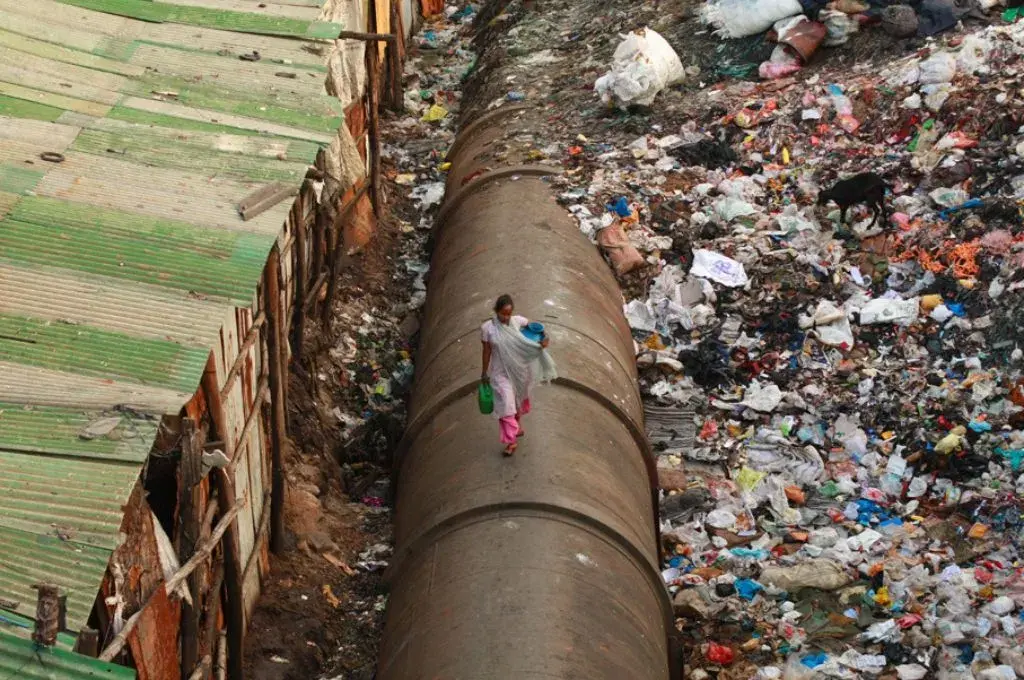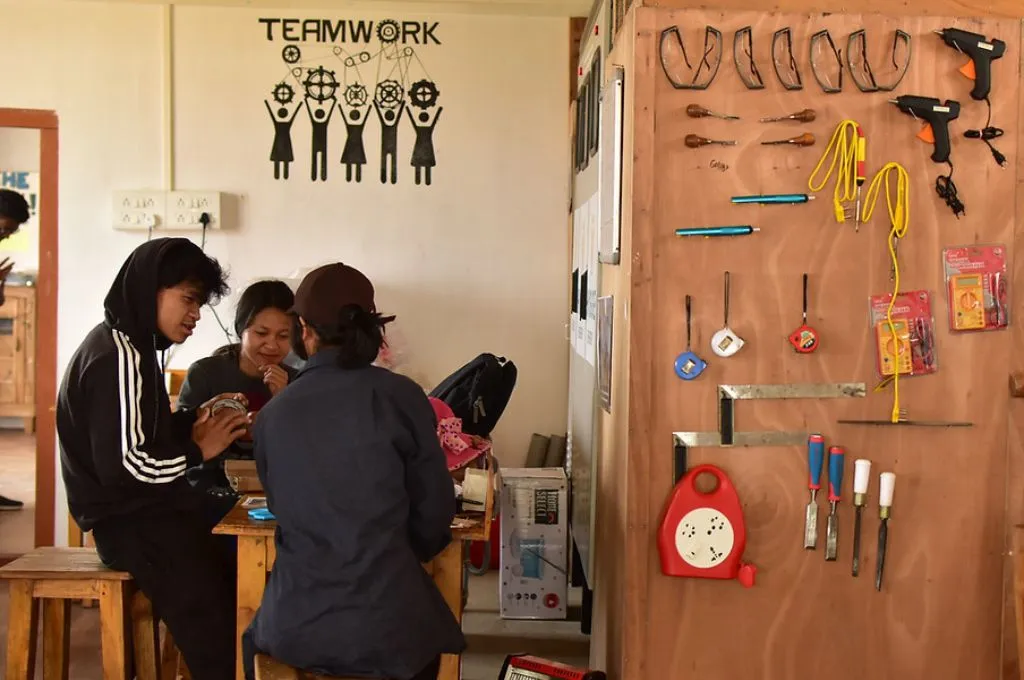As India’s finance minister gears up to present the Union Budget, many expect that fiscal tightening measures will be retained alongside an ongoing attempt to spread the benefits of India’s economic growth more widely, especially in the rural parts of the country. This is a familiar challenge for India’s finance ministers, and a good time to consider strengthening our outcome-based approach to the budget.
The Union Budget is not merely a revenue and expenditure report of the government; it is also a reflection of its economic vision. Much of the commentary and analysis in the run-up to the budget and after its announcement unpacks trends in government spending. However, it is time for this discourse to focus on results.
Typically, budgets report on the expenditures incurred by a programme while saying little about the results or behavioural changes that the programme intends to achieve. An outcome-based budget links financial allocation to key outcomes or goals of programmes, allowing the government to measure the effectiveness of public spending. It can be a powerful fiscal and policy planning tool.
Governments around the world have experimented with various forms of outcome-oriented approaches to budgeting for almost 75 years now. The United States took the lead when it set up the Hoover Commission in the early 1950s. Since then, many countries have implemented various versions of this approach. In developing countries, including India, the efficient use of limited resources is crucial, even more so than in developed nations. Institutionalising outcome budgeting can yield significant benefits. India introduced outcome budgeting in 2003 and it has become a standard feature in the national budgets since 2017.
To understand what this process may look like for a scheme, let us take the example of the Government of India’s Swachh Bharat Mission. This central sector scheme was launched in 2014 to accelerate efforts towards “universal sanitation coverage, improving cleanliness and eliminating open defecation in India”. If we look at the outcome budget prepared by the Ministry of Jal Shakti, we see that the government tracks not only the outputs (toilet construction) but also the outcomes (toilet use).
The states of Delhi, Assam, Andhra Pradesh, Arunachal Pradesh, Bihar, Haryana, Jharkhand, Chhattisgarh, Gujarat, Odisha, and Uttarakhand have also experimented with this approach to budgeting. For example, Assam, Haryana, and Jharkhand link scheme-level outcomes to the global sustainable development goals (SDGs). Delhi, on the other hand, compares baselines with targets to track progress.
But even as the popularity of outcome budgeting has surged over the years, it is often implemented on an ad hoc basis. Many governments find it too cumbersome to implement systematically. A concerted effort is required to accelerate its adoption at all levels of government goals.
There are at least two things India can do—both at the central and state levels—to increase the adoption of outcome budgeting.

1. Participatory goal setting
To make outcome budgeting work, it is important for governments to set goals collaboratively, identify potential risks to those goals, and develop indicators to measure progress. Independent goal setting by a ministry or a government department could unwittingly undermine the plans of another. For example, the urban development ministry may be looking to clear forest land for large infrastructure projects. This could spoil the environment ministry’s plans to increase forest cover that year. Such mismatch in the priorities of government departments risks hurting people from vulnerable groups the most.
Inter-ministerial and inter-departmental collaborations in state governments can greatly enhance the uptake of outcome budgeting.
Countries such as Mauritius and New Zealand exemplify the collaborative approach to outcome budgeting, a 2023 report by the NITI Aayog shows. In Mauritius, ministries engage in bilateral policy dialogues and reach a consensus on strategic priorities. In New Zealand, government agencies are required to have extensive consultations with vulnerable groups before implementing a policy. For example, if a policy affects women, the government agency must consult with the Ministry for Women.
In India, the Government of Andhra Pradesh integrates SDGs with the outcome budgets of government departments. The state identifies nodal officers in all line ministries responsible for SDG progress. Nodal officers are encouraged to set up goal-wise committees, with the secretary of the coordinating department assuming the role of chair.
Similar inter-ministerial and inter-departmental collaborations in other state governments can greatly enhance the uptake of outcome budgeting. Ministries and departments can benefit from institutionalising collaborative goal setting to avoid working at cross purposes and to ensure that diverse perspectives are considered and integrated into the budgeting process.
2. Institutionalising impact evaluations
Outcome budgeting becomes a more potent fiscal planning instrument when coupled with thorough evaluation of a policy’s impact. The benefits of impact evaluations for budget decisions are clear: underperforming programmes can face budget cuts or termination while well-performing programmes can receive increased funding.
Impact evaluation methods, such as randomised evaluations, have gained global popularity in recent times. Governments are increasingly turning towards them to measure the effectiveness of their policies and inform policy decisions.
It is time for India to start using evaluations not just for accountability but also as a tool for budget planning and learning.
South Korea, for instance, has a robust framework to rate the performance of its key programmes and evaluate its major schemes. Its Ministry of Planning and Budget oversees the budgeting of programmes, issues guidelines, and reviews performance information from line ministries and agencies. It encourages line ministries to use results from performance evaluation in their budget requests. In addition, the country set up a specialised bureau in 2005 to strengthen performance budgeting, with a focus on both policy decisions and program implementation.
The Government of India, for its part, has made evaluation of both centrally sponsored schemes and central sector schemes mandatory. At the state level, Karnataka decided to scale down a biometric monitoring system for attendance of doctors in primary health centres after an evaluation found it to be ineffective. However, it is time for India to start using evaluations not just for accountability but also as a tool for budget planning and learning. Institutionalising the use of evidence through a national evaluation policy and establishing minimum standards of evaluation of public programmes is critical to this end.
With the budget date set for July 23, 2024, the government has been inundated with requests. States want special financial packages for infrastructure, businesses want the government to expand its incentive programme for manufacturing, and farmers want targeted subsidies.
Both the quantity and the quality of the spending matter. Calls for a results-oriented approach to planning have also grown louder. Granted, this is a challenging exercise that requires time, greater coordination, and specialised expertise on leveraging data and scientific evidence. But it is worth the effort because outcome budgeting is a big step towards fiscal transparency and improved delivery of public services. Ultimately, it will foster greater trust in the government.
—
Know more
- Read this report to learn more about best practices in outcome budgeting.
- Read this article that demystifies outcomes-based financing for nonprofits.
- Read this analysis of the interim union budget 2024–25.





